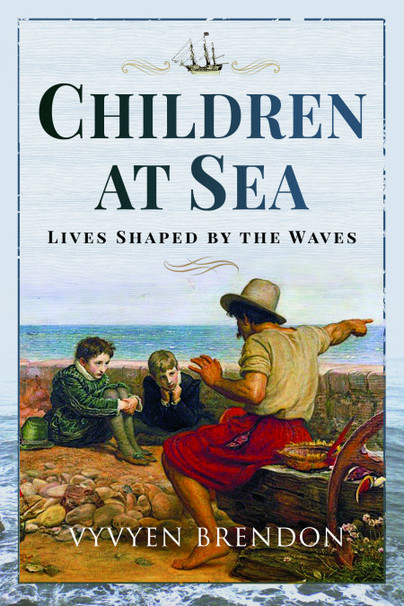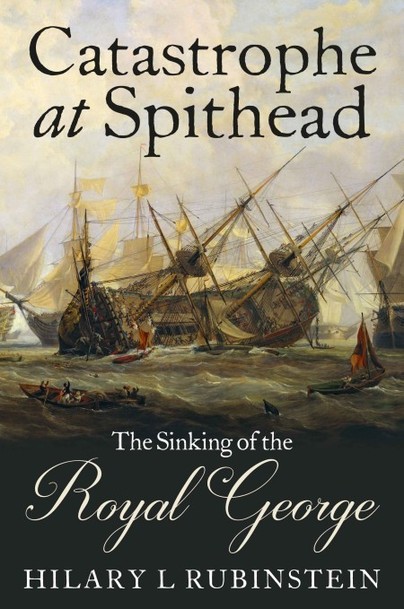Bloody Mary – Mad, Bad or Neither? Out of the many kings and queens of Britain it always seems to be the “bad” ones that
WHEN WE GET OUT OF LOCKDOWN AND BACK ON TO THE RIVERS, HERE ARE TEN WAYS TO GET YOUR ROD BENDING AGAIN TO A SALMON.
Mystery of Missing Flight F-BELV The writing and completion of this book was a long time in the making, forty-three years to be exact. My
During the six years I spent on this book I never ceased to enjoy delving into the evidence of lives shaped by early sea voyages.
COMPARING THE LIVES OF RAF AND EAST GERMAN PILOTS IN THE COLD WAR My wife held up the barbed wire for me to crawl under
While we socially isolate, we might spare a thought for seafarers battling the main diseases that often reached epidemic proportions among ships’ crews in the
In this exclusive video, Tony Booth tells us about his new book Thetis Down.
AIRBORNE WITH THE ‘BEST OF BREED’ An eerie silence seemed to have descended over the North German Plain, on that crystal clear Christmas morning of
I decided to present my subject not as a general history but rather as a collection of life stories set in Georgian and Victorian times,
The entire world changed with the beginning of the First World War, not just in a military sense but socially as well. Never again would








